‘Pray for us St Sebastian that we may deserve to pass through this pestilence,’ reads the inscription on a 15th-century reliquary imploring the patron saint of plague victims to assist Augsburg as the city faced another disease outbreak. Today, this exquisite silver offering — set with rock crystal, pearls and sapphires — sits alone in the Medieval and Renaissance Galleries of the V&A, patiently awaiting the return of the British public after our own Covid plague. During lockdown, curators have been selecting objects charting the design response to coronavirus — most notably, the NHS rainbows — which might join our existing collection of 18th-century smallpox mourning rings or 1993 Keith Lewis Aids brooch. The great wonder of the V&A is its ability to place our recent trauma within a broader chronicle of human experience, charted through material culture. Long-forgotten artefacts, associated with distant events, can suddenly come alive again.
The public want safety, but they also need beauty, transcendence, respect and enjoyment after the loss and anxiety of recent months. Following the PM’s announcement, our plan is to reopen this summer with as little travail as possible. But our finances are shot; visitors are fearful of mingling in enclosed spaces; and most day-trippers to South Kensington travel via the Tube. We will be doubling-down on ensuring a Covid-secure experience: strict limits on numbers; lots of cleaning; vats of hand sanitiser. Luckily, we already have an awful lot of ‘do not touch’ signs. I am inspired by the words of the restaurateur Jeremy King and his determination to retain ‘a magical experience’ amid all the paraphernalia. We would not want our sculpture halls, Japanese galleries or fashion rotunda disfigured by lots of yellow hazard tape.
Fresh from his brutal account of the East India Company, the historian Willie Dalrymple emails from Delhi to ask whether the V&A would be interested in the statue of Lord Clive which sits outside the Foreign, Commonwealth & Development Office. Dalrymple has joined Labour peer Andrew Adonis to demand that the corrupt, colonising Clive must fall and he thinks we are the right depot. In Mumbai, our sister institution the Bhau Daji Lad Museum, originally opened as a V&A in 1862, houses an eerie array of fallen Empire idols, including a decapitated Marquis of Wellesley and a sad Queen Victoria. The origins of the South Kensington museum partly lie in the East India Company repository and we need to work harder to explore this colonial history. But I am not keen on Clive. If he should go anywhere, it is his old seat of Powis. Meanwhile, the ‘Clive Flask’, a Mughal-era jade cup inlaid with rubies and emeralds, on display at the V&A, is now owned (and very generously loaned) by the Qatar Museums Authority — the rising power of today.
Interest in the pre-history of ‘taking the knee’, as a symbol of support for the Black Lives Matter campaign, has alighted on the image of the manacled slave in Josiah Wedgwood’s abolitionist medallion, with its inscription: ‘Am I Not a Man and a Brother?’ It was certainly a work of exceptional design which became a potent political tool in the campaign to end the Atlantic trade in slaves. The campaigner Thomas Clarkson was amazed at the jasperware badge’s take up — ‘and thus fashion, which usually confines itself to worthless things, was seen for once in the honourable office of promoting the cause of justice, humanity, and freedom’. However, I cannot help seeing Wedgwood’s depiction of the chained African slave on bended knee as helpless and submissive. While the Wedgwood family’s history of anti-racism is exemplary, this is not an image of powerful resistance to inform today’s struggle for racial equality.
Under the cover of Covid confusion, a dastardly ambition by the Corporation of London is being enacted upon the free-swimming denizens of north London. For years, the turtle-soup brigade who run Hampstead Heath have sought to clean up the joyously messy, Johnny ‘Rooster’ Byron world of the men’s and ladies’ ponds. Here you will find Orthodox Jewish families and a well-established gay scene, walnutty old lecturers and black cab drivers, all lapping happily in the free air of NW3. I would never suggest to know what passes at the ladies’. But now the Corporation wants to start charging entrance fees; introduce smartphone booking apps; and generally crush the renegade culture of the ponds. I fear resistance is futile. All we can do is seek St Sebastian’s intercession at our moment of need.
Got something to add? Join the discussion and comment below.
Get 10 issues for just $10
Subscribe to The Spectator Australia today for the next 10 magazine issues, plus full online access, for just $10.
Tristram Hunt is director of the Victoria & Albert Museum.
You might disagree with half of it, but you’ll enjoy reading all of it. Try your first month for free, then just $2 a week for the remainder of your first year.

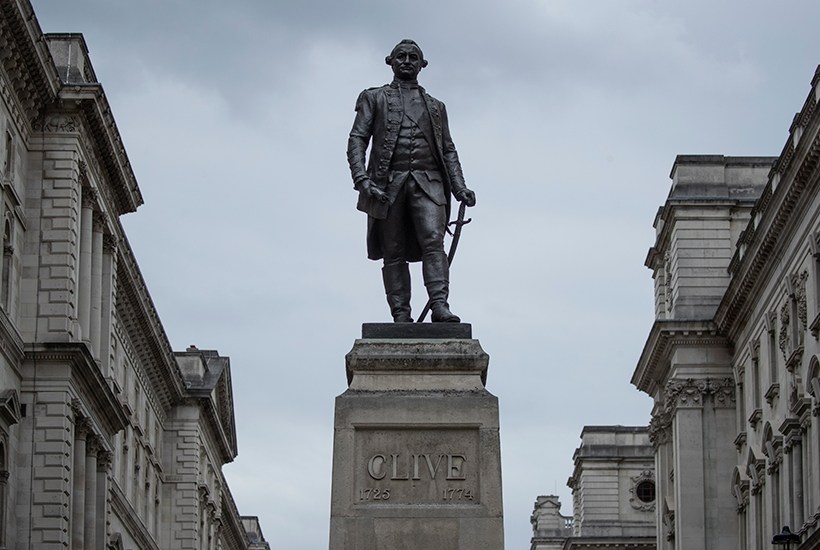
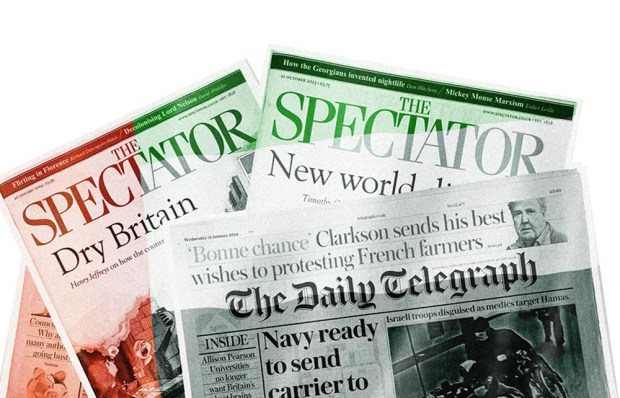
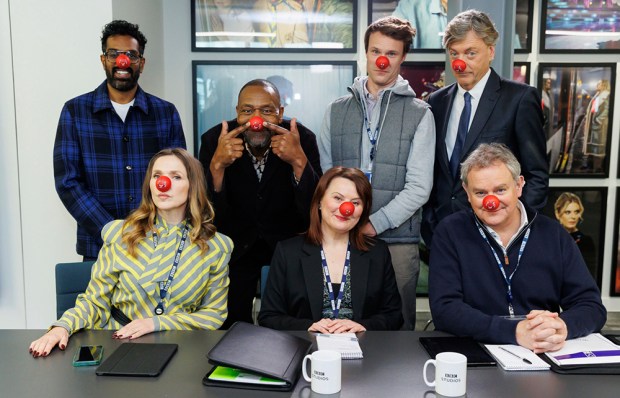
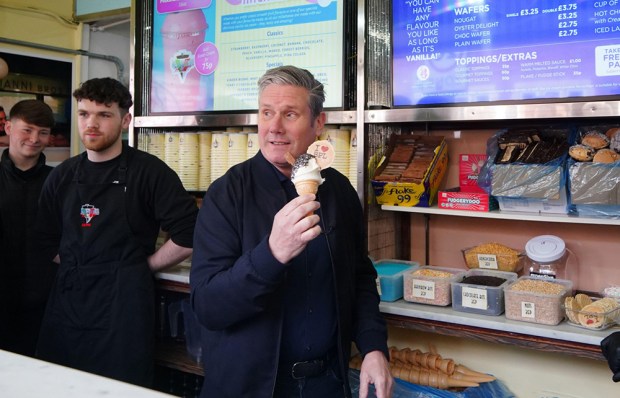
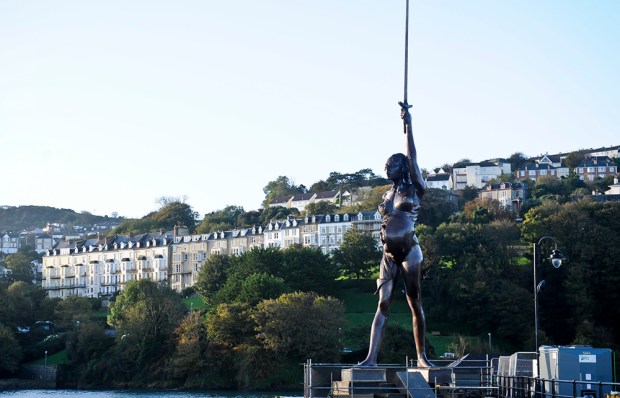
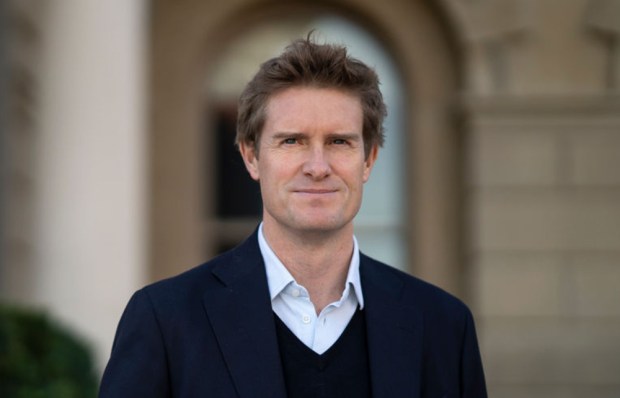
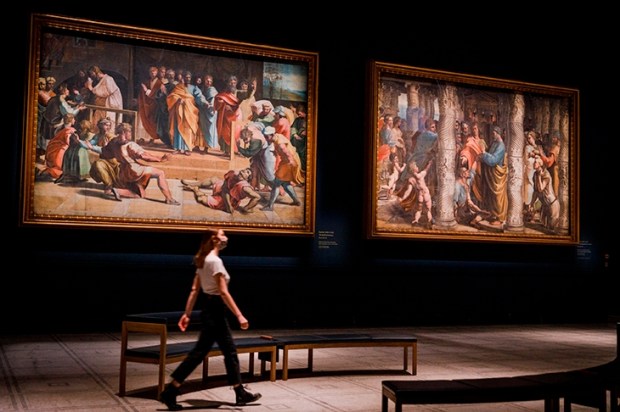






Comments
Don't miss out
Join the conversation with other Spectator Australia readers. Subscribe to leave a comment.
SUBSCRIBEAlready a subscriber? Log in